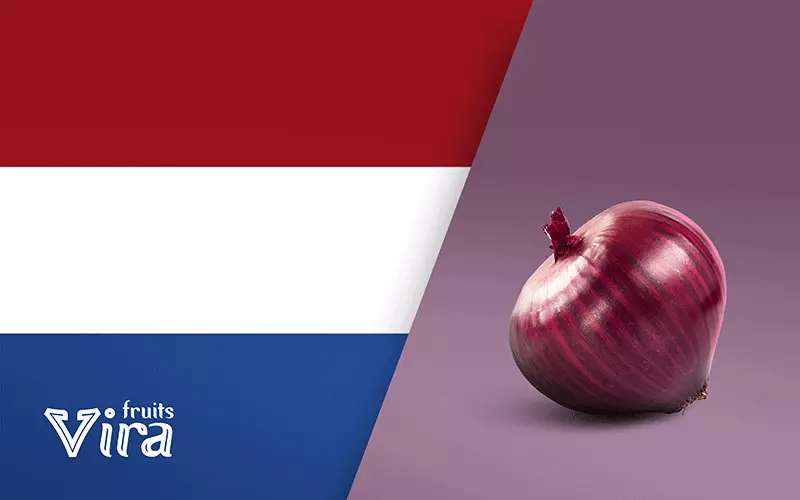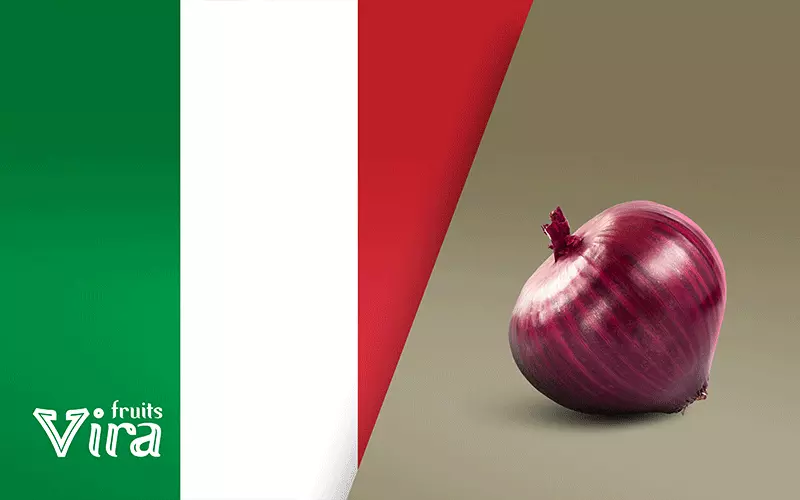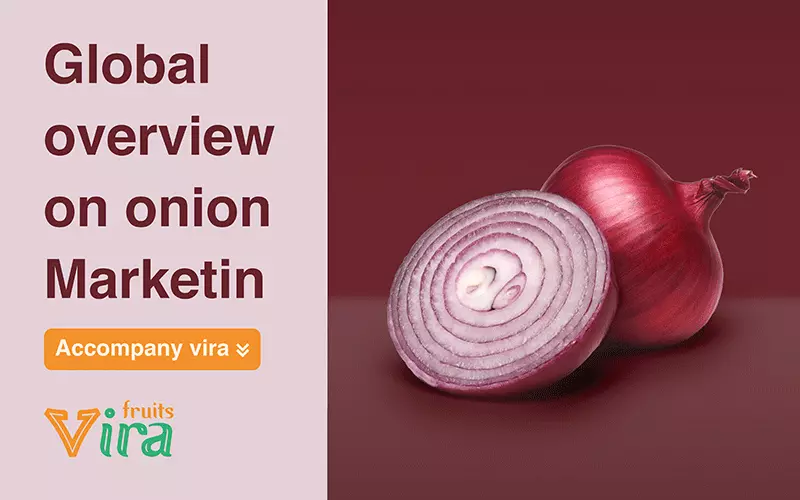Current conditions of the onion market are expected to remain stable. Europe and North America harvested well last year, but India and China suffered from poor harvests. This resulted in a new ban on the importation and exportation of Indian onions until January 1, and reduced plantings and bad weather caused significant declines in Chinese onion shipments to the US. The foodservice industry demanded larger sizes, whereas retailers usually demand small and medium-sized boxes. Occasionally, a small supply of onions of large size cannot be sold at high prices.
India: The ban ended, exports jumped.
Exports of onions from India amount to 198 million dollars. Over the 2019-2020 period, exports will generate total revenue of $ 440 million. During the 2019-2020 campaign, the country had exported about 1,000,000 tons of goods. The leading Indian onion importers are Bangladesh, Malaysia, the UAE, and Sri Lanka. It was lifted on the 1st of January 2008 that the export ban was in place for onions.
Indian onion exports have increased by 40,000-50,000 tons since the federal government lifted the export ban on onions a month ago, thanks to unenthusiastic markets abroad, say people in the industry.

Netherland: not all onions can be exported abroad
For Dutch onion traders, things are very quiet this season. There are no price differences at origin between bale and origin prices, and the packing industry is very quiet. Also, January and February saw a sales increase for quality reasons. According to industry insiders, at least 30% of the current stock isn’t suited to export. The way exports are faring; traders are confident that trade will resume in March.
Australia: Looking forward to a good season
In Australia, the onion harvest is well underway. Three months ago, it emerged in Queensland and soon spread south. Australia’s Onions reports that there is great potential for good growth during this year’s season. South Australia and Tasmania growers are looking forward to a great season, thanks to high quality and yields. Growing conditions have been excellent during the summer as neither heat nor drought has played significant roles.

Italy: limited sown for the next season
There will be a reduced planting of onions this year as they are currently being sown in northern Italy for next summer. It has been told by a manager of a large seed company that the losses are expected to range from 20% to 50%. Traders say sales have suffered due to the lack of demand from the customer channel. There is no reason to be surprised by acreage reductions. The market conditions in recent years haven’t been perfect for an Italian grower with 80 hectares. As a consequence, she reduced her acreage by 15%. Nowadays you can get onions for 0.20-0.30 € / kg. Typically, products selected have a high quality.
Onion growers from Piedmont report that the current onion market is stable. “The demand for white onions is higher but still quite low. Golden and red onions have maintained price levels, and sales have remained about the same. As of October, if you sold anything during those two months of high demand, you are being paid with interest on it.”
For a Piedmont trader, the sales have come to an end. White onions, in particular, remain plentiful, but they will remain unsold due to tough market conditions. For goods ready to load that are stored in refrigerated storage, the following prices were quoted last:
0.20-0.23 € / kg for white onions
0.20-0.22 € / kg for yellow onions
0.30 € / kg for red onions
€ 0.35 / kg for copper-colored onions
Austria: Stable onion market conditions
Likewise, onion exports are selling well as well in the domestic market. Clean, sorted goods can be purchased for around 12 to 15 Euro / 100 kg at the origin.
